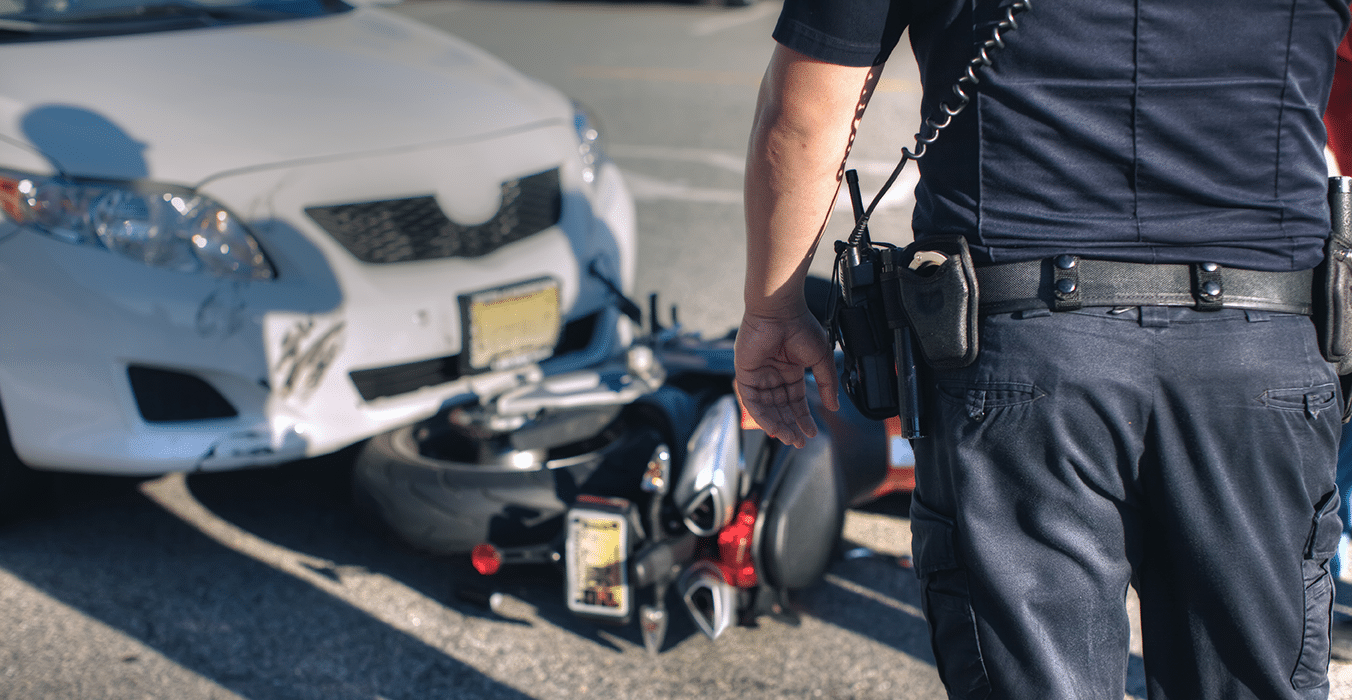
As a personal injury attorney with three decades of experience, I have seen how the determination of fault in auto accidents can shape the outcome of legal and insurance claims. Understanding who makes these decisions and how they are made is crucial for anyone involved in an auto accident. Let’s explore the various aspects of this process.
What is “Fault” in an Accident?
Fault in an auto accident pertains to legal responsibility. It’s about identifying who was negligent and how that negligence contributed to the accident. This determination is essential for resolving insurance claims and legal disputes.
Who Can Help Determine Fault?
Involved Drivers
Initially, drivers involved in an accident may have their own views on who was at fault. However, these personal opinions are just a starting point in a more comprehensive process.
Police Report
Law enforcement officers assess the accident scene to produce a police report. This report, including the officer’s opinion on fault, is influential but not definitive in the fault determination process.
Insurance Companies
Insurance companies play a significant role in fault determination. They conduct their investigations, reviewing the accident report, drivers’ and witnesses’ statements, and other evidence.
How Is Fault Determined?
How Police Determine Who Is at Fault in a Car Accident
Police consider various factors, including drivers’ statements, witness accounts, vehicle damage location, skid marks, and other physical evidence, along with any traffic law violations.
How Insurance Companies Determine Who Is at Fault After a Car Accident
Insurance companies use guidelines and principles of negligence and liability to evaluate fault. They consider the police report, drivers’ statements, available footage, vehicle damage, and other details. In states like Illinois, comparative negligence laws play a role in assigning degrees of fault.
How Courts Determine Who Is at Fault in a Car Accident
In legal disputes or lawsuits, courts may become involved in determining fault. This decision is based on the evidence presented, including witness testimony, accident reconstruction reports, and other relevant data. The court’s finding of fault can significantly impact the outcome of a lawsuit and any compensation awarded.
Evidence Involved in Determining Fault of a Car Accident
Various types of evidence are critical in establishing fault in a car accident. These include:
Injuries
The nature and severity of injuries sustained by the parties involved can also be indicative of the crash circumstances and potential fault.
Surveillance Footage
Traffic or security camera footage can be pivotal in objectively showing what happened before, during, and after the accident.
Forensic Analysis
Forensic experts may analyze skid marks, vehicle damage, and other physical evidence from the crash scene to reconstruct the accident and help ascertain fault.
When Fault Cannot Be Determined
There are situations where fault is difficult to determine, or both parties may share blame. In such cases, the principle of comparative negligence comes into play, where each party’s degree of fault is assessed and liability is proportionately shared.
What is a No-Fault Car Accident?
In a no-fault car accident scenario, typically found in states with no-fault insurance laws, each driver’s insurance covers their own damages and injuries, irrespective of who caused the accident. This system aims to reduce the number of lawsuits stemming from auto accidents. However, it’s important to note that the specifics of no-fault insurance can vary significantly from one state to another.
Bottom Line
Determining who is at fault in an auto accident involves a multifaceted investigation by different parties, each with its own approach and criteria. From the initial assessments by the drivers and police to the detailed investigations by insurance companies and possibly the courts, understanding this process is crucial for anyone involved in an auto accident.
Frequently Asked Questions on Determining Fault in Auto Accidents
Q: How do police determine who is at fault in a car accident?
A: Police assess various factors at the accident scene, including statements from drivers and witnesses, the location and extent of vehicle damage, skid marks, and other physical evidence. They also consider any violations of traffic laws that could have contributed to the accident.
Q: What role do insurance companies play in determining fault after a car accident?
A: Insurance companies conduct their own investigations to determine fault. This involves reviewing the police report, statements from the drivers and witnesses, and physical evidence from the accident scene. They use this information, along with their own guidelines and principles of negligence, to assign fault and liability.
Q: Can I dispute the fault determination made by an insurance company?
A: Yes, you can dispute the fault determination. If you disagree with the insurance company’s decision, you can present additional evidence or arguments to the company. If the dispute remains unresolved, you may seek mediation or take legal action, where the courts can ultimately decide on the matter.
Q: What is a no-fault car accident, and how does it affect my insurance claim?
A: In a no-fault car accident, each driver’s insurance covers their own damages and injuries, regardless of who was at fault. This system is prevalent in states with no-fault insurance laws. It means that your insurance claim is processed through your own insurer, and legal action against the other driver is generally limited to severe injury cases.

